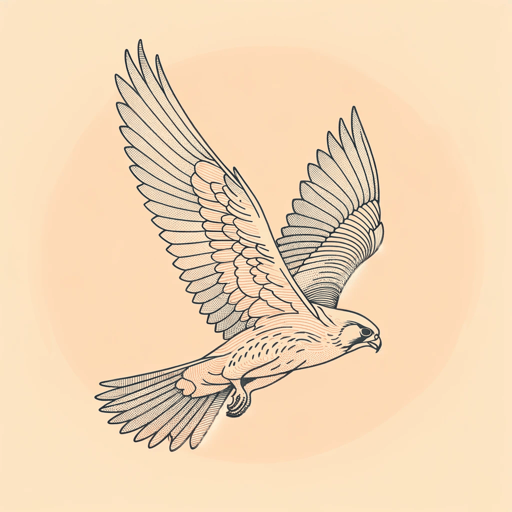26 pages • 52 minutes read
William Butler YeatsThe Second Coming
Fiction | Poem | Adult | Published in 1919A modern alternative to SparkNotes and CliffsNotes, SuperSummary offers high-quality Study Guides with detailed chapter summaries and analysis of major themes, characters, and more. For select classroom titles, we also provide Teaching Guides with discussion and quiz questions to prompt student engagement.
Poem Analysis
Analysis: “The Second Coming”
The speaker of “The Second Coming” is an unnamed first-person narrator who is observing the world around him and speculating on what’s to come; the perspective is often attributed to Yeats himself. The poem is in blank verse and consists of two stanzas and 22 lines, the second stanza being longer than the first. The meter loosely follows iambic pentameter, with alternating stressed and unstressed syllables and roughly 10 syllables per line.
In the first stanza Yeats uses imagery to set the stage. A falcon flying in a wider and wider circle with no direction from his master introduces a sense of aimlessness. Yeats builds this feeling with a diacope of the word “turning,” repeating it twice in the first line to create a dizzying effect. The falcon symbolizes the wayward nature of the speaker’s society: People have lost their direction and moral compass, and they no longer listen to their master, the falconer, who may be a metaphor for a moral authority. Additionally, these two lines contain a consonance of the heavy “n” sound in the words “turning,” “widening,” “falcon,” “cannot,” and “falconer” (Lines 1-2).
Related Titles
By William Butler Yeats

Among School Children
William Butler Yeats

A Prayer for My Daughter
William Butler Yeats
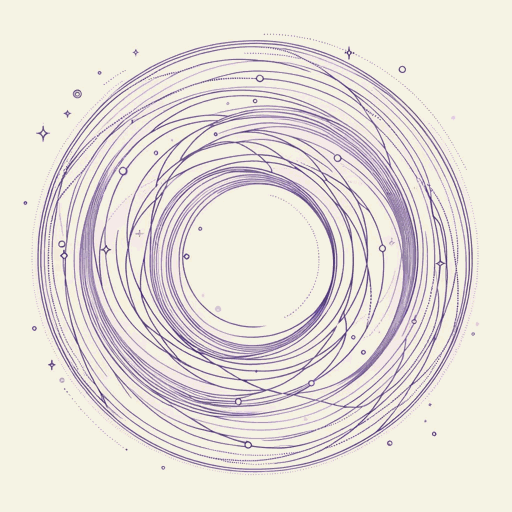
A Vision: An Explanation of Life Founded upon the Writings of Giraldus and upon Certain Doctrines Attributed to Kusta Ben Luka
William Butler Yeats

Cathleen Ni Houlihan
William Butler Yeats

Crazy Jane Talks with the Bishop
William Butler Yeats
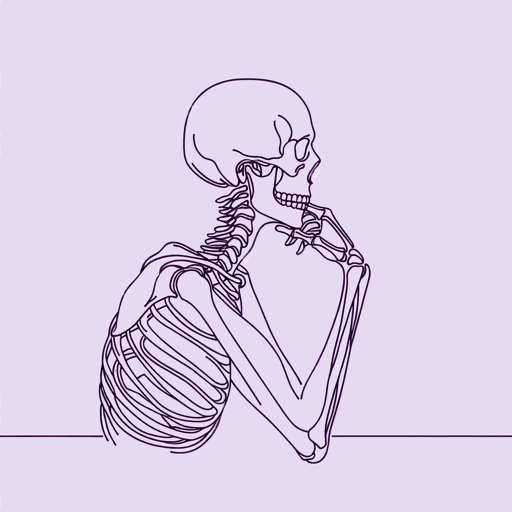
Death
William Butler Yeats
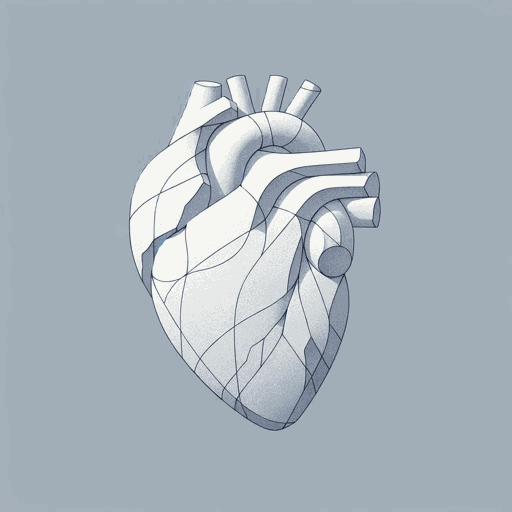
Easter, 1916
William Butler Yeats

Leda and the Swan
William Butler Yeats
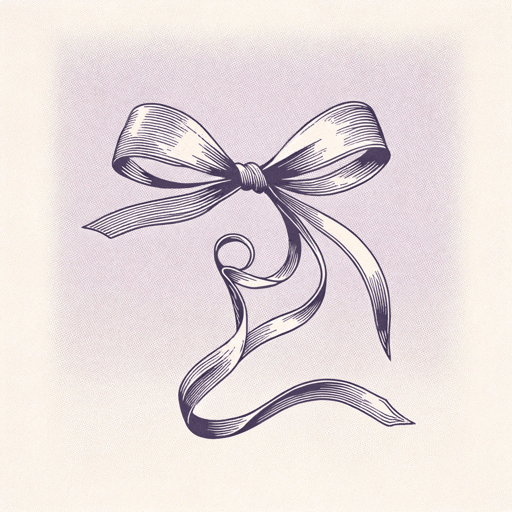
No Second Troy
William Butler Yeats
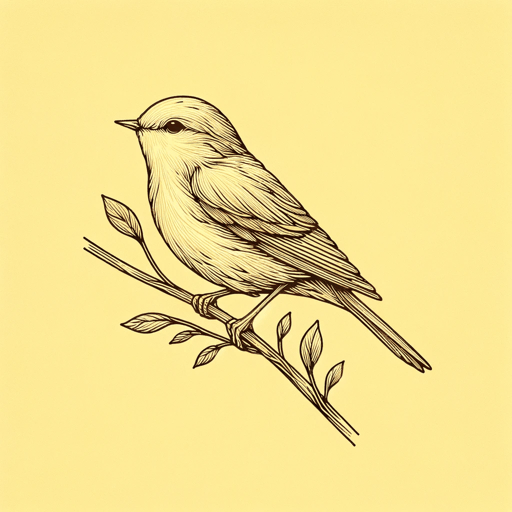
Sailing to Byzantium
William Butler Yeats

The Lake Isle of Innisfree
William Butler Yeats

When You Are Old
William Butler Yeats
